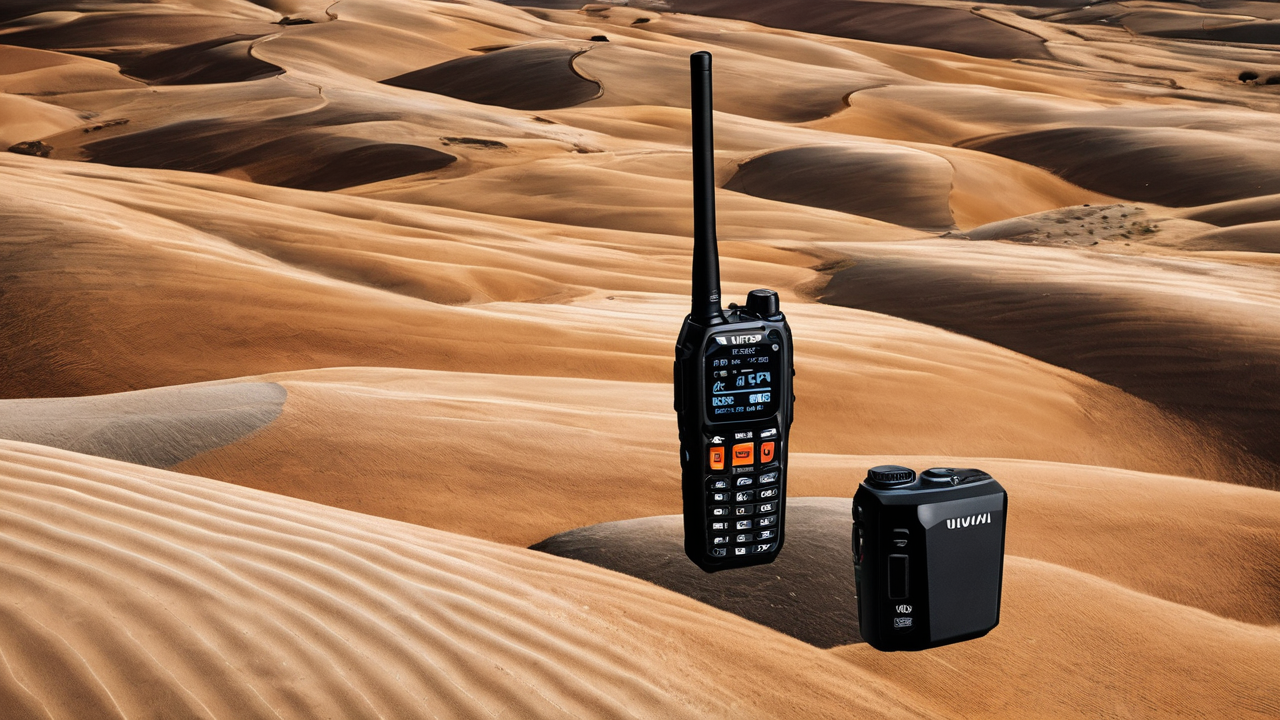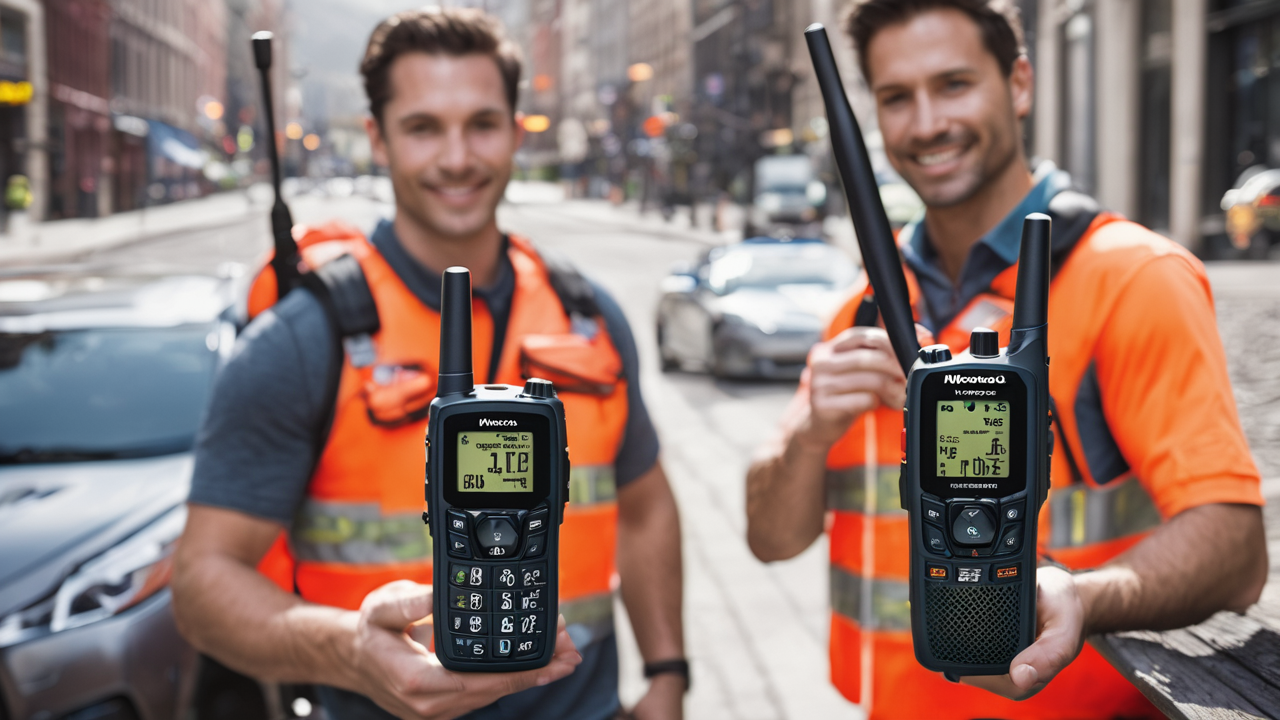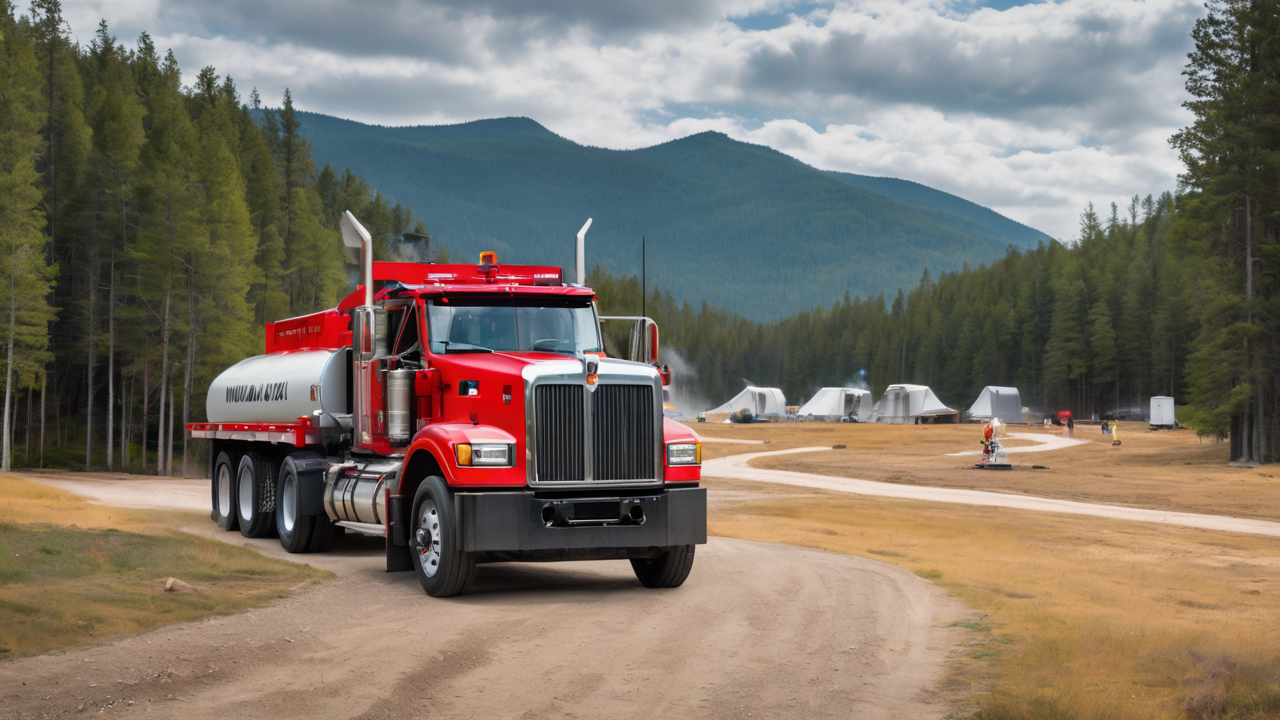Understanding the Technology Behind Long-Range Walkie Talkies
The Advancements in Walkie Talkie Technologies
Walkie talkie tech has come a long way. Early models had limited range and poor sound. Now, we have devices that can reach far distances. These new walkie talkies use better radio tech. They have stronger signals and clearer audio.

One big change is digital signal processing. This makes voices easier to hear. Another is better antennas. These help signals travel further. Some new walkie talkies even use satellites. This lets them work in areas with no cell service.
Battery life has also improved. Modern walkie talkies can last for days on a single charge. This is great for long trips or emergency use. Overall, these changes have made walkie talkies more useful than ever.
How 1000-Mile Communication is Achieved
Reaching 1000 miles with a walkie talkie is no small feat. It requires special tech and the right conditions. These devices use powerful transmitters and sensitive receivers. They also need tall antennas to boost their range.
One key factor is the use of lower frequencies. These can travel further than higher ones. Some 1000-mile walkie talkies use HF (High Frequency) bands. These can bounce off the ionosphere, extending their range.
Weather and terrain also play a role. Clear skies and flat land help signals travel further. In perfect conditions, some walkie talkies can even exceed 1000 miles. However, this isn't common in everyday use.
Comparing Long-Range to Standard Walkie Talkies
Long-range walkie talkies differ from standard ones in several ways. The most obvious is their range. Standard models typically reach 2-30 miles. Long-range ones can go much further, up to 1000 miles or more.
Power output is another key difference. Long-range models have stronger transmitters. This helps them send signals further. They also have better antennas and more sensitive receivers.
Battery life is often longer in long-range models. This is because they're designed for extended use. They may also have more features, like GPS or weather alerts. However, they're usually larger and more expensive than standard walkie talkies.
Selecting the Best 1000-Mile Walkie Talkie for Your Needs
Identifying Key Features for Long-Distance Communication
When choosing a 1000-mile walkie talkie, several features are crucial. First, look at the range. Make sure it can actually reach the distance you need. Remember, real-world range may be less than advertised.

Battery life is also important. Look for models that can last several days on a single charge. This is vital for long trips or emergency situations. Water resistance is another key feature, especially for outdoor use.
Other useful features include:
- Multiple channels for privacy
- Voice activation for hands-free use
- GPS for location tracking
- Weather alerts for safety
- Durability for rough conditions
Consider which of these features matter most to you when making your choice.
Comparing Top Brands in the 1000-Mile Walkie Talkie Market
Several brands offer long-range walkie talkies. Each has its strengths and weaknesses. Motorola is known for reliability and clear audio. Their models often have good battery life and durability.
Midland is another popular brand. They offer a wide range of features at competitive prices. Their walkie talkies often include weather alerts and multiple power options.
Cobra makes walkie talkies with user-friendly designs. They focus on clear communication and easy-to-use interfaces. Some of their models offer unique features like Bluetooth connectivity.
Kenwood is known for professional-grade walkie talkies. Their devices often have advanced features and rugged builds. They're popular in industries like construction and security.
Best Practices for Selecting a 1000-Mile Walkie Talkie
When choosing a 1000-mile walkie talkie, consider your specific needs. Think about where and how you'll use it. If you're using it outdoors, durability and water resistance are key. For emergency use, long battery life is crucial.
Read reviews from other users. They can provide real-world insights about performance and reliability. Look for reviews that match your intended use case.
Consider the cost of accessories. Extra batteries, chargers, and antennas can add up. Make sure you factor these into your budget.
Test the walkie talkie if possible. Some stores allow this. Pay attention to audio quality and ease of use. Make sure the buttons and controls are comfortable for you.
Lastly, check the warranty and customer support. A good warranty can protect your investment. Responsive customer support can help if you have issues later.
Implementing 1000-Mile Walkie Talkies in Various Sectors
Use Cases of 1000-Mile Walkie Talkies in Emergency Services
Emergency services benefit greatly from long-range walkie talkies. These devices are crucial in disaster response. They work when cell towers are down. This makes them reliable in crises.

Search and rescue teams use them in remote areas. The long range helps coordinate large-scale operations. Coast guards use them for communication at sea. The waterproof feature is essential here.
Firefighters use them to stay in touch during wildfires. The long range helps cover vast areas. Emergency medical services use them in rural areas. They help coordinate care when cell service is poor.
These walkie talkies also aid in evacuation efforts. They help officials communicate over long distances. This is vital for coordinating large groups of people.
How Businesses Benefit from Long-Range Communication Solutions
Many businesses find value in long-range walkie talkies. They're useful in industries that cover large areas. For example, oil and gas companies use them on remote sites. They help coordinate work and ensure safety.
Farming and agriculture benefit too. Farmers can communicate across vast fields. This improves efficiency and safety. Ranchers use them to coordinate livestock management over large areas.
Shipping and logistics companies use them for port operations. They help coordinate loading and unloading of cargo. This improves efficiency and reduces delays.
Construction companies use them on large projects. They help teams communicate across sprawling sites. This improves safety and coordination.
Integrating 1000-Mile Walkie Talkies in Event Management and Security
Long-range walkie talkies are valuable in event management. They help coordinate large events like music festivals. Staff can communicate across the entire venue. This improves response times to issues.
Security teams use them to cover large areas. They're useful for patrolling big campuses or parks. The long range helps teams stay connected over vast spaces.
Concert venues use them to coordinate backstage operations. They help manage sound, lighting, and stage crews. This ensures smooth performances.
Sports events use them to manage large stadiums. They help coordinate security, medical teams, and event staff. This improves safety and event flow.
Theme parks use them to manage rides and attractions. They help staff communicate across the entire park. This improves guest safety and experience.


